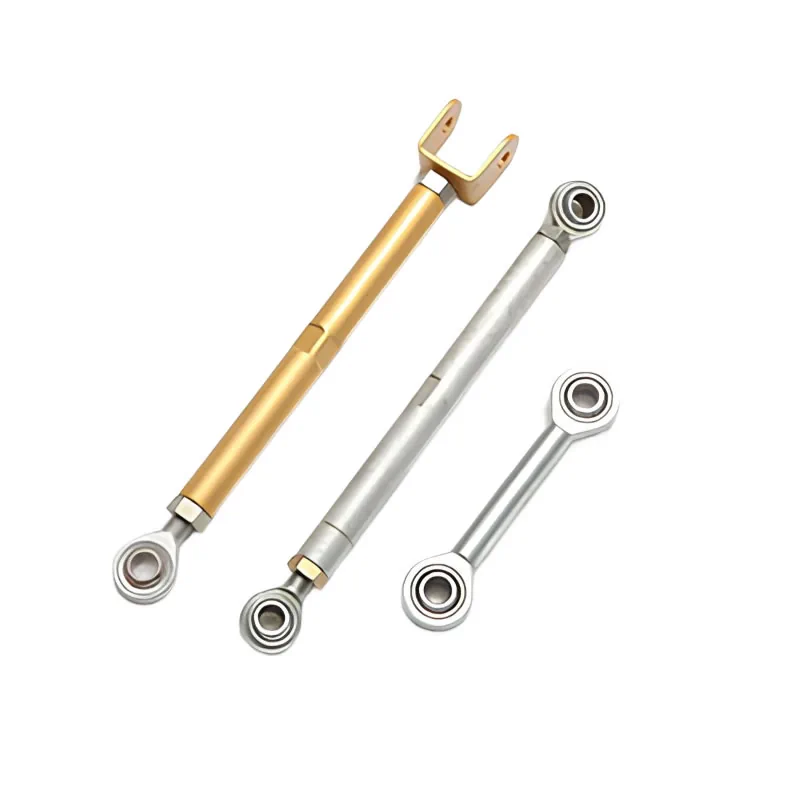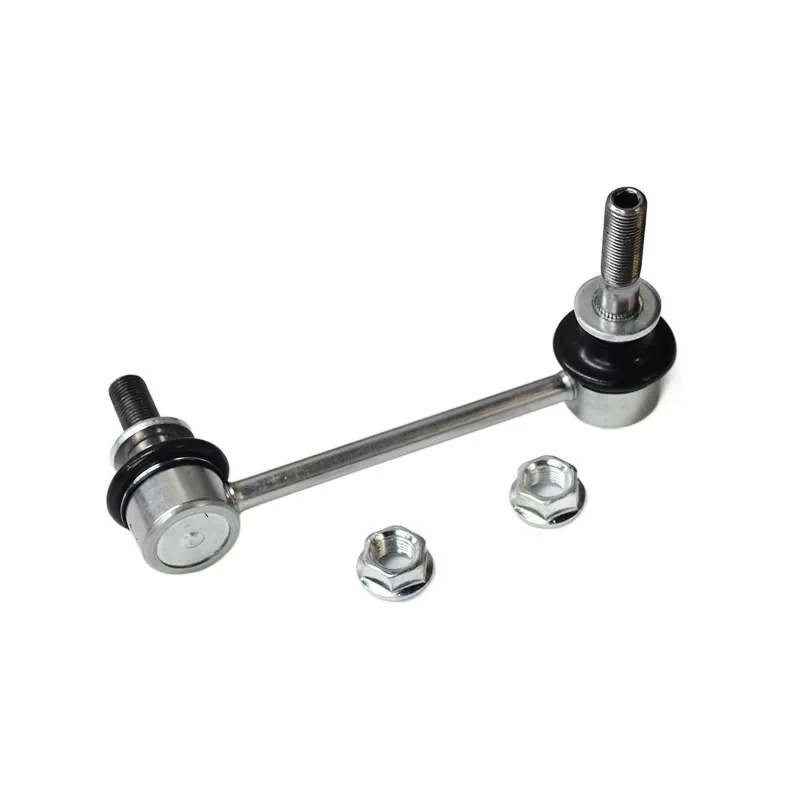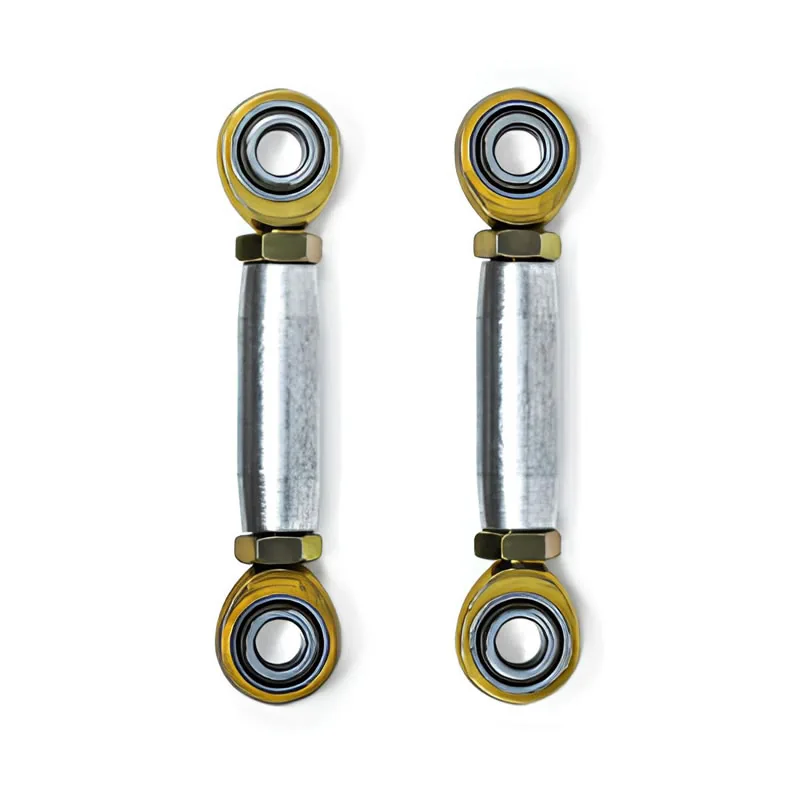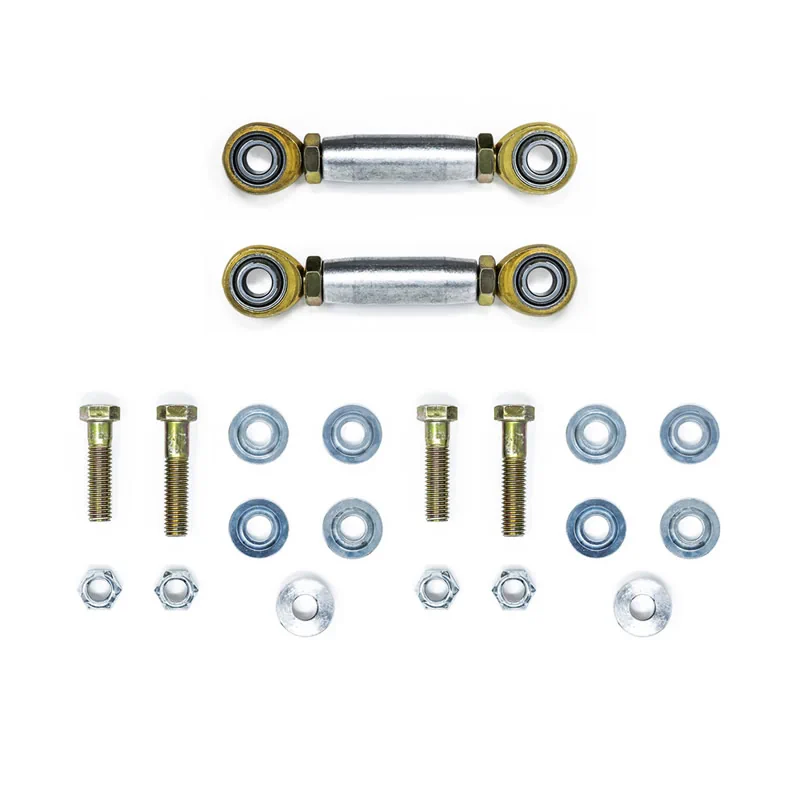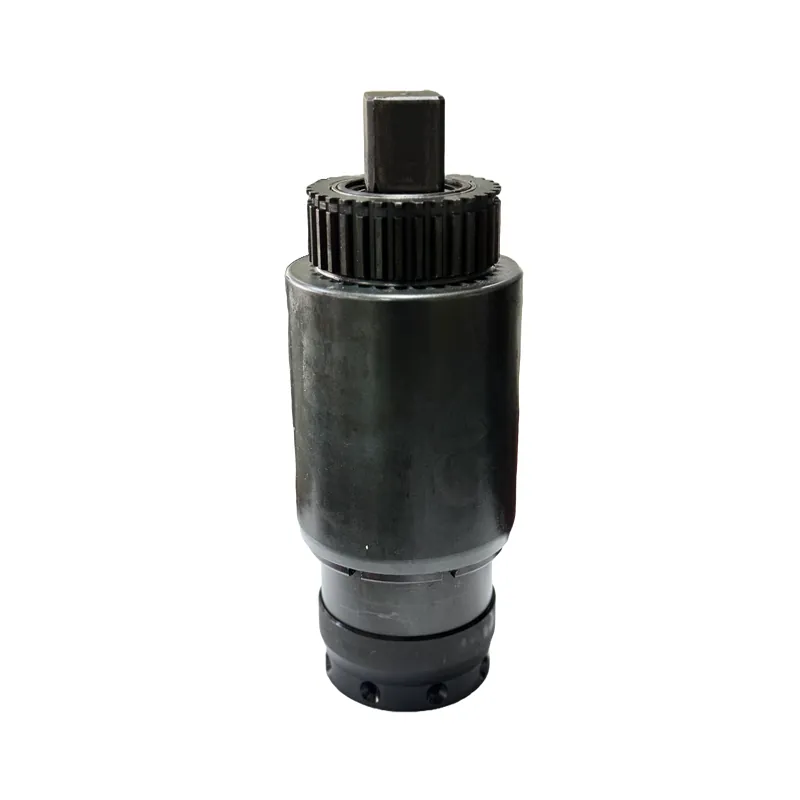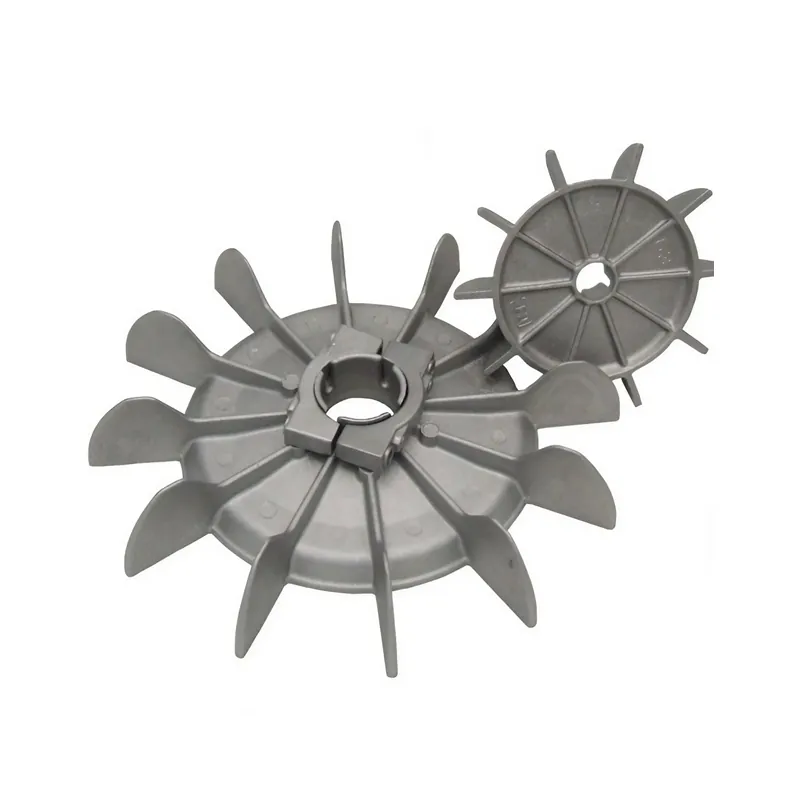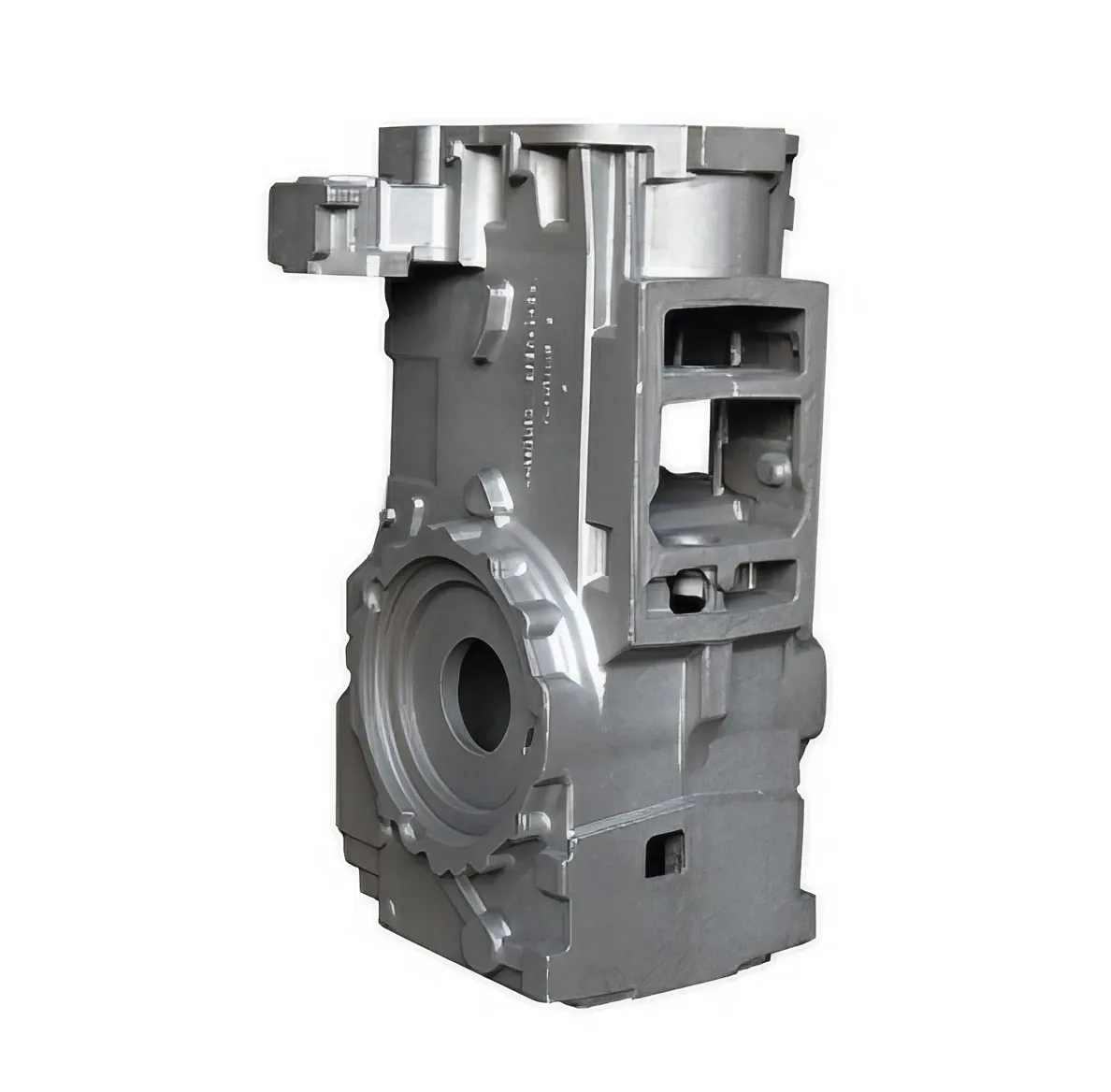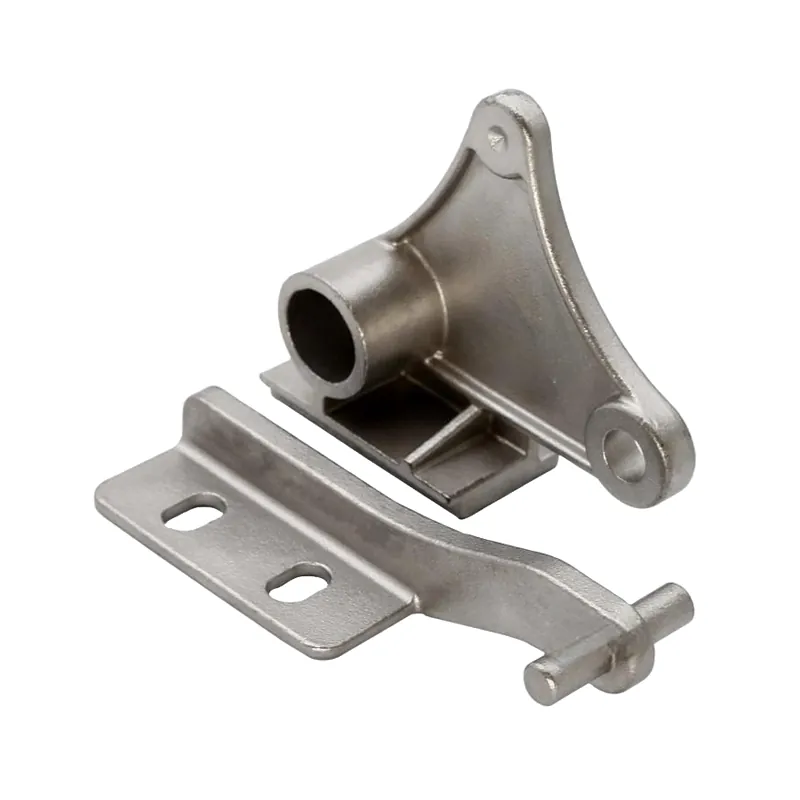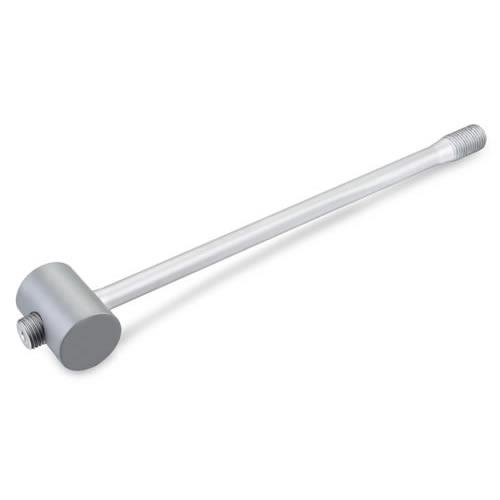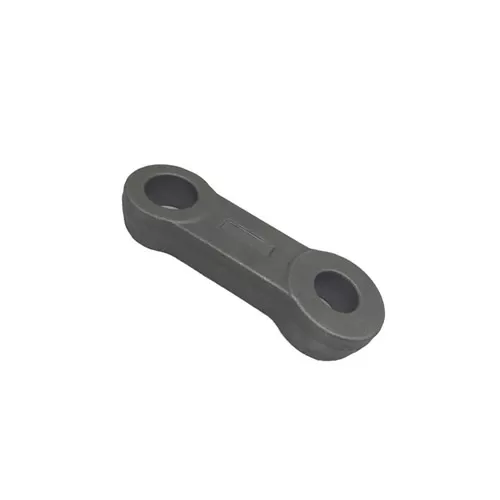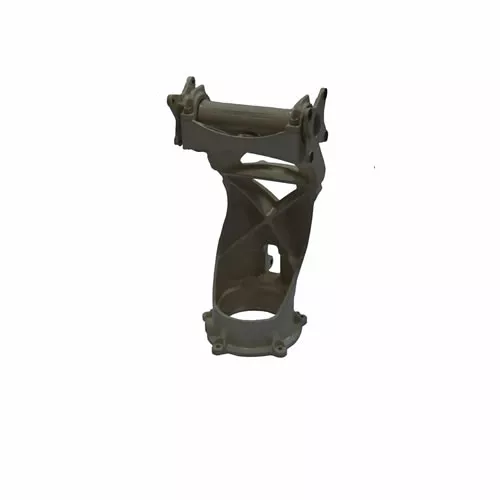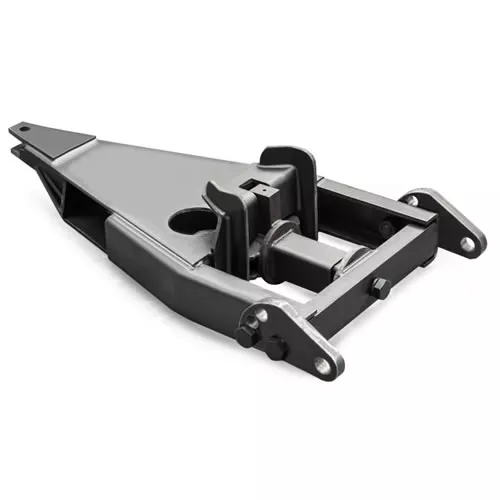Description:
Sway Bar Links
Sway bar links, also known as stabilizer bar links or anti-roll bar links,
are suspension components that connect the sway bar to the frame or suspension components of a vehicle.
They are responsible for transferring the forces generated by the sway bar to the frame or suspension components,
which helps to improve the vehicle's handling and stability.
Sway bar links are typically made of steel or Aluminum and are available in a variety of lengths, styles, and materials.
They are typically replaced when they become worn or damaged,
which can occur due to normal wear and tear, road hazards, or accidents.
Types of Sway Bar Links
There are two main types of sway bar links:
End links: End links are the most common type of sway bar link.
They are typically made of steel or aluminum and have a ball joint on each end
that connects to the sway bar and the frame or suspension components.
Tie rods: Tie rods are a type of sway bar link that is used in vehicles with independent rear suspension.
They are typically made of steel or aluminum and have a ball joint on one end that connects to the sway bar
and a threaded end on the other end that connects to the control arm.
Sway Bar Link Replacement
Sway bar links should be replaced when they become worn or damaged.
Signs that a sway bar link may need to be replaced include:
Noises coming from the suspension
Uneven tire wear
Excessive body roll
Poor handling
Sway bar links can be replaced by a qualified mechanic or DIYer.
The replacement process typically involves removing the old sway bar link and installing the new one.
Sway Bar Link Information
Part number: The part number is a unique identifier for the sway bar link. It can be used to order a replacement link from a parts supplier.
Length: The length of the sway bar link is measured from the center of the ball joint to the center of the other ball joint. It is important to order a sway bar link with the correct length for your vehicle.
Style: There are two main styles of sway bar links: end links and tie rods. It is important to order the correct style of sway bar link for your vehicle.
Material: Sway bar links are typically made of steel or aluminum. Steel sway bar links are generally more durable than aluminum sway bar links, but they are also heavier. Aluminum sway bar links are lighter than steel sway bar links, but they may not be as durable.
Applications:
These components are integral to the suspension and steering systems of automobiles, providing stability, control, and reliability during driving.
Related Products:
Tags:
Sway Bar Link Linkage Tie Rod Hot Selling Vehicle Parts and Accessories Sway Bar Link
PROVIDING EXCELLENT SOLUTIONS BY SAIVS™
Speak to one of our experts today to learn more about our Sway Bar Link Linkage Tie Rod products solutions.
Request a Quote

